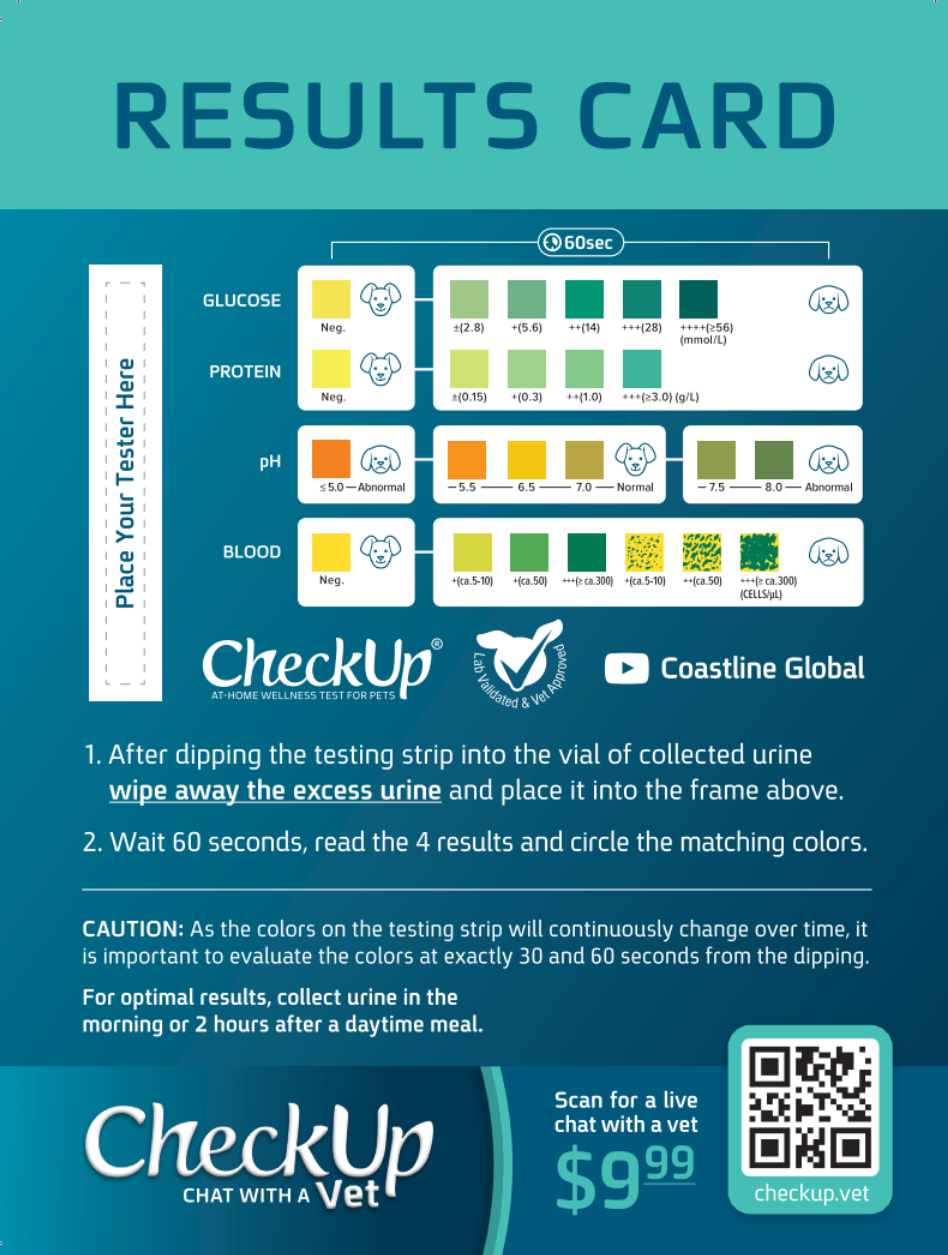Feline Lower Urinary Tract Disease (FLUTD) and urinary tract infections, or UTI’s, are blanket terms for a number of bladder and urinary tract problems, including infections, cystitis (bladder inflammation), blockages, and stones or crystals in the urinary tract. FLUTD and UTI’s are among the most common feline health issues. Any cat showing signs of FLUTD or UTI should be brought to the vet immediately; in addition to being in pain, a cat who’s unable to expel toxins through the urinary tract (which is often the case with these illnesses) will die within a few days at most.
Symptoms
Although FLUTD’s and UTI’s are a common cat health issue, symptoms can be difficult to spot. It’s a good idea to generally be aware of your cat’s litter box habits. If you notice he’s going to the litter box more than usual, spending excessive time there, making straining noises, leaving only drops or no trace of urine at all – or on the other hand, urinating much more than usual, or if there is blood in your cat’s urine, it’s extremely likely he has a FLUTD or UTI. Other symptoms include urinating in places besides the litter box, excessive genital licking, and lethargy.
Although some cats like to hide, if you notice that yours is hiding more than usual, look for and check on him; when cats are very sick, they usually go away from people. If your cat is showing even one of these symptoms, get to a vet immediately. FLUTD and UTI’s can usually be treated, but timing is essential: waiting too long can be fatal to your cat.
How do cats get FLUTD’s and UTI’s?
Urinary tract problems can affect any cat. Usually, older cats are more prone to them, but that doesn’t mean youngsters are immune. Diet may also be a factor: some regular cat foods can provoke a chemical imbalance that encourages the formation of stones or crystals in the urinary tract. Cats who don’t drink enough water are also at a higher risk. Other cats naturally have a high stress level, and their body responds via the urinary tract. Even a small change at home could set off a problem.
Diagnosis
It’s vital to bring your cat to the vet the minute you think he might have a bladder or urinary tract issue. Remember, time is of the essence. To determine what’s wrong, your vet will examine him and take a urine sample. Most veterinarians will do this by inserting a catheter into your cat, or via cystocentesis (inserting a needle into the abdomen to reach the bladder).
But in some cases, the vet will send you home with a special packet of non-absorbent litter that will let you collect a sample yourself. Many of these kits contain litter made up of round plastic pellets. The pellets irritate cats’ paws and don’t collect urine in any way, making it difficult to find enough to gather with an eyedropper. Kit4Cat is a great solution. Its hydrophobic sand litter makes urine pool on top of it, so getting enough for a sample is easy. The soft and sandy texture and non-invasive sample-taking mean that your cat will be comfortable, having to deal neither with a catheter or cystocentesis, nor with painful paws. Urinalysis will show your vet if your cat’s symptoms are due to a FLUTD or UTI, and the precise cause of the problem. The cause will help determine treatment.
Treatment
Depending on the diagnosis, if the problem is caught fairly early, your cat may get an injection to reduce swelling, and he’ll have medications to take. You may also have to permanently change your cat’s diet, with food that has a different chemical balance so that crystals, stones, and other issues are less likely to recur. In more extreme cases, a catheter would be used to help flush out the blockage.
Unfortunately, feline bladder and urinary tract problems aren’t always one-time events. Many cats will have occasional flare-ups. If caught in time, most of these can be easily treated. But if your cat has chronic, severe issues, surgery may be the solution: in extreme cases, perineal urethrostomy, or removal of the penis, has been found to stop blockages in some male cats. The operation isn’t guaranteed to succeed, and doesn’t prevent bladder issues, but it may be worth a try.
After your cat has recovered from his FLUTD or UTI, to avoid flare-ups, continue giving him his specially adapted food for the rest of his life, and always be sure he’s hydrated. Since cats often don’t drink enough water, feeding him specially adapted wet food is probably the best solution. Try to keep your cat as stress-free as possible, since stress can trigger FLUTD and UTI’s. One suggestion many vets make is to use pheromones and other aromatherapy methods for this. Be vigilant so that if your cat starts showing symptoms again, you’ll be able to get back to the vet early; the sooner you do, the easier it is to treat the flare-up.
Can a cat with urinary tract or bladder problems live a happy life?
In some extreme cases, probably not. If your vet believes your cat’s problem is too chronic or severe, she’ll explain options to you. But luckily, for most cats, proper prevention and care mean that they absolutely can.







